The Iranian regime suffered another major setback when the E3 (Britain, France, and Germany) announced on September 28 that sanctions had been reinstated on Iran. The “snapback” reinstates all sanctions imposed before the Joint Comprehensive Plan of Action (JCPOA)nuclear accords in 2015. The E3’s action is a blow to Iran’s diplomacy: Iranian negotiators, led by Foreign Minister Abbas Araghchi, had worked hard to prevent the reactivation of the snapback mechanism, however, their efforts were doomed to failure as they sought to accomplish that goal without offering any concessions.
The move dealt a severe blow to Iran’s economy, leading to market turmoil and raising fears of higher inflation and tighter restrictions on oil exports. The sanctions came after months of economic instability, exacerbated by the twelve-day war with Israel, which deepened the negative trends already afflicting Iran’s economy.
Reactions to the Snapback of Sanctions
Officials and media: Downplaying the impact
On September 27, President Massoud Pezeshkian acknowledged the failure of diplomatic efforts to prevent the re-imposition of UN sanctions but insisted they were not the “end of the world,” claiming Tehran could still overcome its economic challenges. On the same day, Economy Minister Ali Madanizadeh told state television that the government had already prepared countermeasures and contingency plans in anticipation of the snapback. Responsibilities had been divided among his ministry, the Central Bank, and the Plan and Budget Organization (PBO). Madanizadeh added that multiple programs had been developed to address currency stability, monetary policy, budgeting, and the provision of essential goods.
Earlier, Iranian media outlets cited a report by the Majlis Research Center, which argued that the snapback mechanism would not impose stricter sanctions than those already in place. “Unlike U.S. secondary sanctions, designed to target vital economic sectors such as oil and banking, UN sanctions are proliferation-focused, aimed at restricting Iran’s nuclear and missile programs,” the report stated. “As such, activating the snapback does not create a sanctions regime more severe than existing pressures.”
Meanwhile, Iran’s judiciary warned media not to fuel public anxiety. On September 27, Tehran’s prosecutor threatened legal action over reports linking price increases to the return of sanctions.
Experts and reformists warn of negative consequences.
Before the reimposition of sanctions, some experts warned that they could damage Iran’s economy.
On September 6, economist Mehdi Pazouki cautioned that activation of the snapback mechanism could trigger a return to “full-scale economic warfare.” He told Dideban-e Iran website that the move could severely restrict Iran’s global trade, reduce oil exports to below 500,000 barrels a day, and further isolate the country.
In an interview with the Khabar Online website on September 16, Albert Boghossian, an economics lecturer at Tehran University, said that the snapback would lead to a sharp drop in Iran’s foreign currency revenues, forcing the government to ration hard currency according to national priorities. He warned that this would increase inflation and widen the budget deficit.
Boghossian added that the government might resort to costly subsidies to contain public unrest, further straining finances. He predicted the private sector would be sidelined, leaving the state to bear the investment burden amid worsening fiscal pressures. With few options to cut spending or raise revenues, authorities might turn to devaluation or monetary expansion—measures Boghossian said would lead to even higher inflation. He further warned that the reinstatement of sanctions could push Iran into a destructive economic cycle, characterized by negative growth, soaring exchange rates, and rising poverty and inequality.
According to a report in the economic newspaper Donya-e-Eqtesad, citing IMF data, Iran may face a sharp decline in oil revenues in 2026 if exports fall below current levels. If daily exports remain at 1.4 million barrels, but oil prices drop by $5 per barrel, Tehran’s annual revenue would decrease by $1.7 billion to $22.6 billion—an 8% decline. If exports decrease to 925,000 barrels per day, Iran’s oil income would drop to $14.9 billion. In the worst-case scenario, with only 450,000 barrels sold daily, Iran’s total yearly revenue would plummet to $7.3 billion.
Western sources estimate that up to 90% of Iran’s crude exports currently go to China, often through sanctions-evasion channels. China has remained silent on the issue.
Depreciation of the Rial
The Iranian rial fell to a record low of 1,108,500 per U.S. dollar on September 28, the day UN sanctions were reinstated. By September 30, it had dropped further to 1,138,000, down from around 1,000,000 at the end of August. The rial had remained relatively stable throughout early September, buoyed by optimism following Iran’s August 9 agreement with the IAEA to renew inspections at its nuclear sites. However, the currency fell 8 percent in less than a week after Tehran failed to secure an extension of sanctions waivers at the UN Security Council on September 19, with the final announcement on September 28 accelerating the decline. A similar trend occurred in Iran’s gold market.
In response to the decline of the rial, Iran’s Central Bank intensified efforts to stabilize the currency with several measures. It opened a second official exchange hall to provide small businesses and importers easier access to foreign currency, reducing their reliance on the more expensive open market. Officials also directly intervened in Dubai’s currency market—an essential hub for Iran’s foreign exchange—aiming to curb sharp price swings. They further announced plans to inject $500 million into the market to boost dollar supply and ease pressure on the free-market rate.
On September 30, Central Bank Governor Mohammad Reza Farzin announced that the bank would increase the number of gold coin auctions and expand pre-sale offerings to help stabilize the domestic gold market. The Central Bank of Iran has been using its gold reserves as a buffer against sudden exchange-rate fluctuations.
Attempts to Stabilize the Stock Market
Iran’s stock market remained steady in early September but saw falls as hopes of blocking the reimposition of UN sanctions faded. After the UN Security Council’s vote on September 19, the Tehran Stock Market Index dropped by more than 50,000 points. However, it rebounded sharply on September 27 and 28, gaining 53,000 and 61,000 points, respectively, amid reports that the government had injected 13 trillion rials ($12 million) to stabilize the market.
Recession on the Horizon
Iran’s economy contracted in spring 2025, marking its first period of negative growth since autumn 2020, according to data from the Statistical Center of Iran (SCI). Analysts warn that a second consecutive decline would signal the start of a recession. Overall domestic investment—Iran’s main economic driver—fell by 1.9 percent in spring 2025, compared with 3.4 percent growth in the same period last year. Economists warn that without sustained investment, achieving long-term growth will become increasingly difficult. [1]
Meanwhile, Iran’s unemployment rate dropped to 7.3 percent in June 2025, according to the latest figures from the SCI. Local media attributed the improvement to rising employment in the services sector and signs of renewed activity in industry and agriculture.
Despite the mild fall in the unemployment rate, economists caution that the deeper crisis lies among those already employed. Zahra Karimi, an Iranian economist, explains that many workers are suffering declining purchasing power and insufficient income, even though they are counted as employed. She points out that the shift of skilled workers into lower-value jobs, such as ride-hailing services, indicates a broader deterioration in living standards. “Even with a lower unemployment rate, many can no longer maintain their previous quality of life,” Karimi told the Tejarat Farda weekly warning that the trend is fueling growing social discontent.
Inflation Hits a 28-month High as Food Prices Soar.
Iran’s inflation surged during the month of Shahrivar (August 23 to September 22), with the year-on-year Consumer Price Index (CPI) reaching 45.3 percent—its highest level since May 2023—according to the SCI. Monthly inflation rose to 3.8 percent, while the annual rate climbed to 37.5 percent, a 17-month high. Food prices have exerted growing pressure on Iranian households, with year-on-year food inflation hitting 57.9 percent. Bread prices have nearly doubled over the past year.
Economists warn that if current trends persist, inflation could reach 48 percent by year’s end. Iran now ranks among the highest-inflation middle-income countries worldwide, surpassing Turkey, where inflation has fallen to around 33 percent. Analysts attribute the increase in the inflation rate in Iran to currency volatility, rapid monetary expansion, and rising political risk. The spike in September reflects growing economic uncertainty. Inflation has now remained above 30 percent for 61 consecutive months—a record in Iran’s modern economic history.
Planned Increase in Iran’s Military Budget
Iran plans to increase defense spending following the twelve-day war with Israel, as lawmakers move forward with a draft bill that redirects major revenues to the military. On September 7, the Majlis National Security and Foreign Policy Committee approved a proposal allocating 30 percent of overflight fees paid by international airlines to strengthen Iran’s air defense systems.
The bill also requires the Planning and Budget Organization and the Ministry of Petroleum to release the military’s full share of the current budget, with additional funding drawn from savings and foreign currency reserves. One clause obligates the Central Bank and the Ministry of Economy to provide $2.2 billion for the purchase of major military systems abroad. Another provision allocates $1.5 billion in oil revenues to the General Staff of the Armed Forces.
The move comes as Tehran prepares for the possibility of renewed conflict with Israel amid mounting economic pressure from the reimposition of UN sanctions. However, it should be noted that the bill remains a proposal; it will not necessarily be adopted or implemented.
Conclusion
The Iranian government currently faces significant challenges in addressing worsening socio-economic conditions, as its available resources and strategic options remain limited. Beyond the tangible hardships caused by sanctions, they also portray the Iranian regime as weak, compounding its difficulties following the June war, the collapse of its proxy network and deepening domestic economic troubles. However, the economic hardships and socio-political tensions plaguing the regime do not indicate that it is weaker than before; it still retains the tools and leverage to maintain control.
Nevertheless, Tehran also recognizes the need to keep the population in check and prevent the situation from getting out of hand. As a result, the regime is unlikely to invest in expensive military build-ups or costly military adventures. Instead, it is doubling down in areas where it excels, and which do not require massive spending—among them subversion in the Caucasus to undermine the peace process between Azerbaijan and Armenia and to block the possible expansion of the Abraham Accords.
[1] https://ecoiran.com/fa/tiny/news-105274
JISS Policy Papers are published through the generosity of the Greg Rosshandler Family.
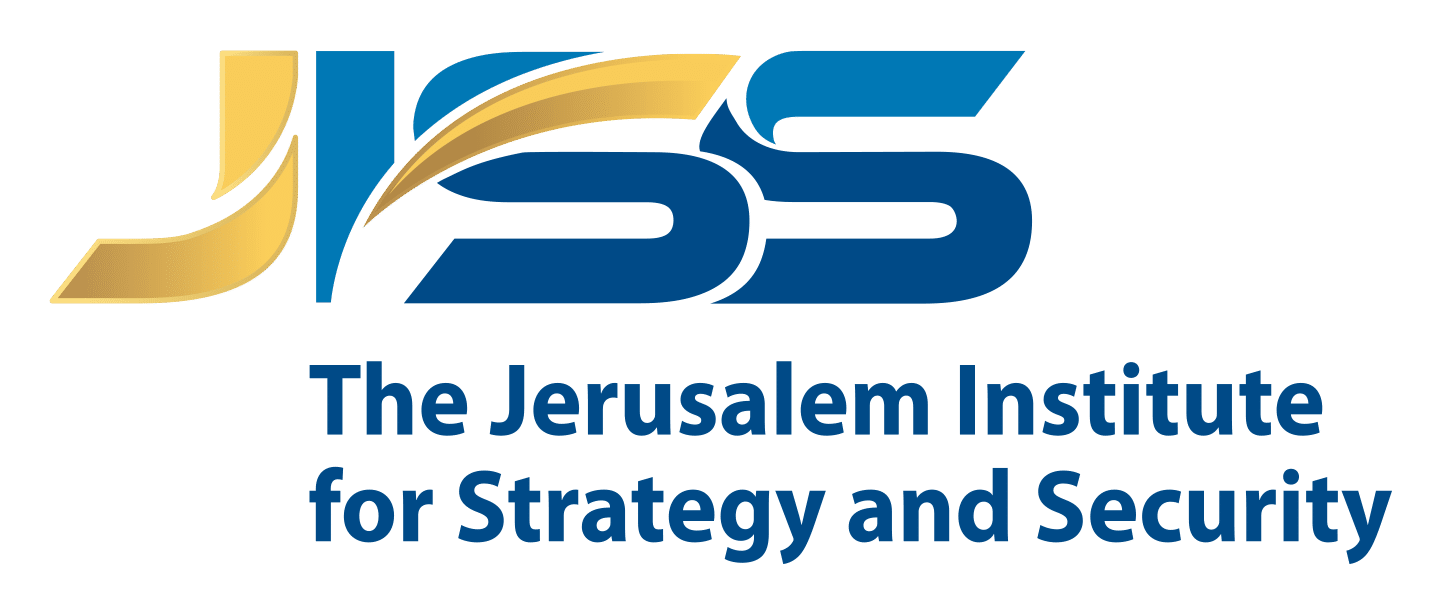
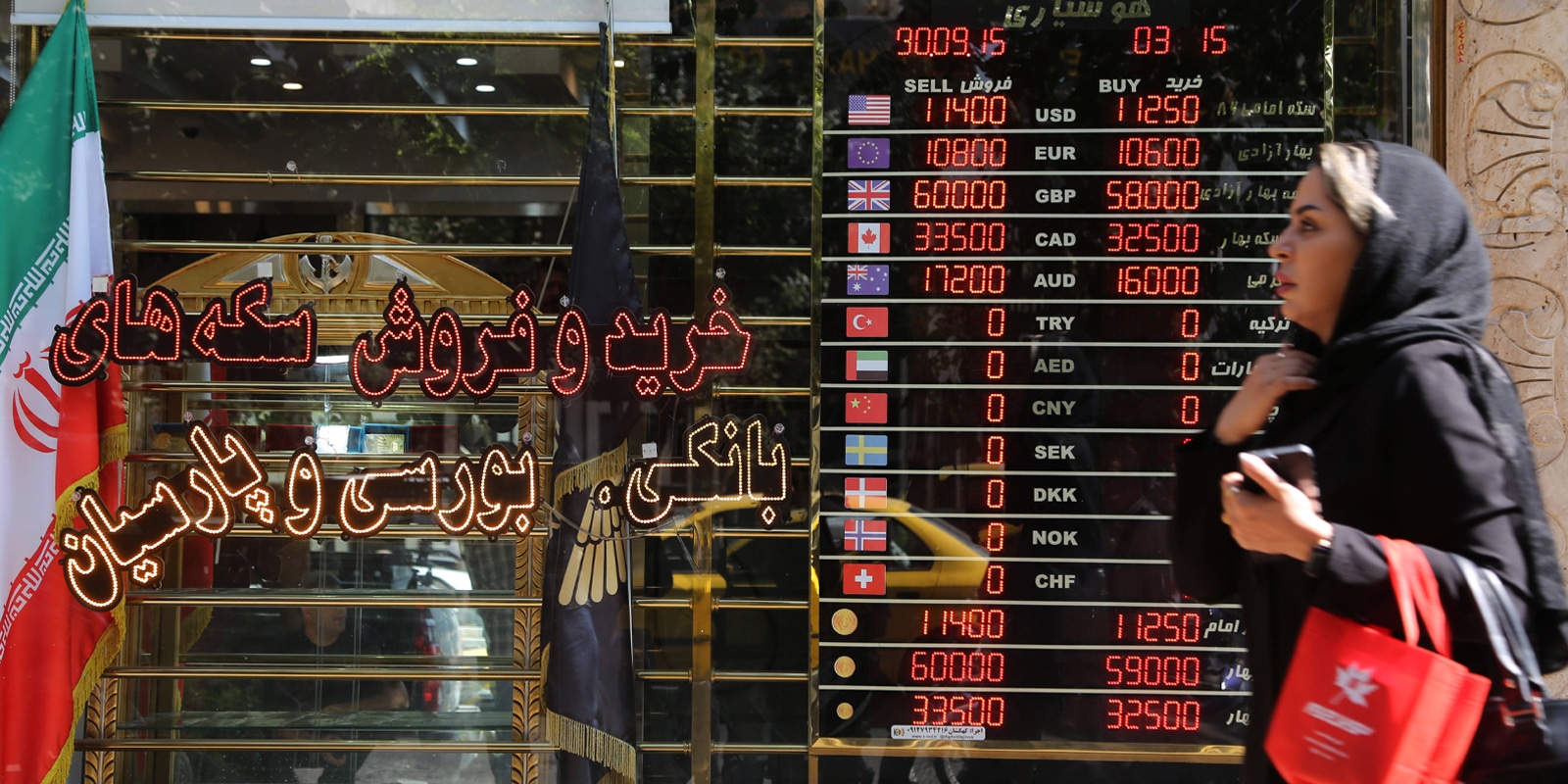




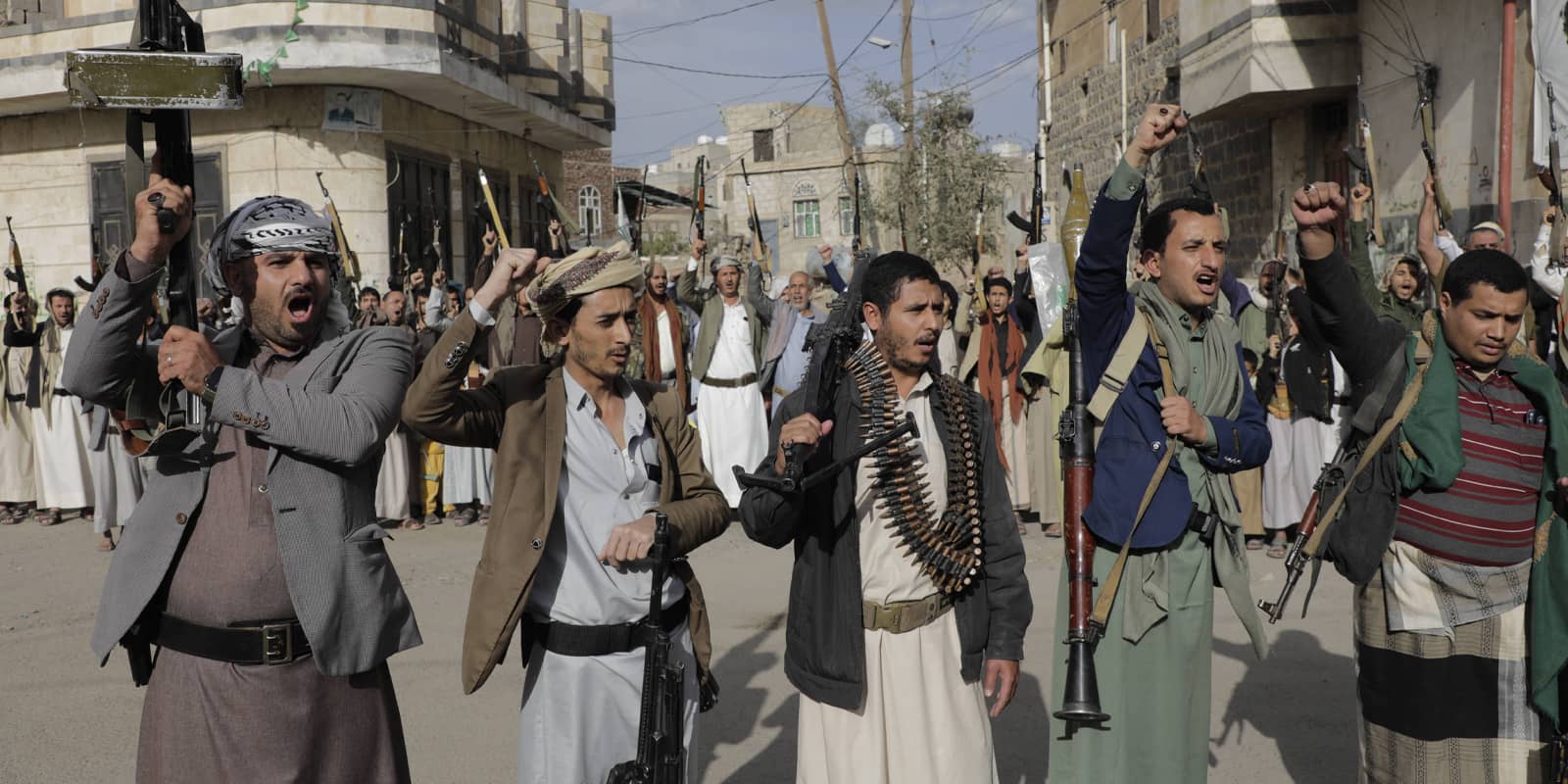
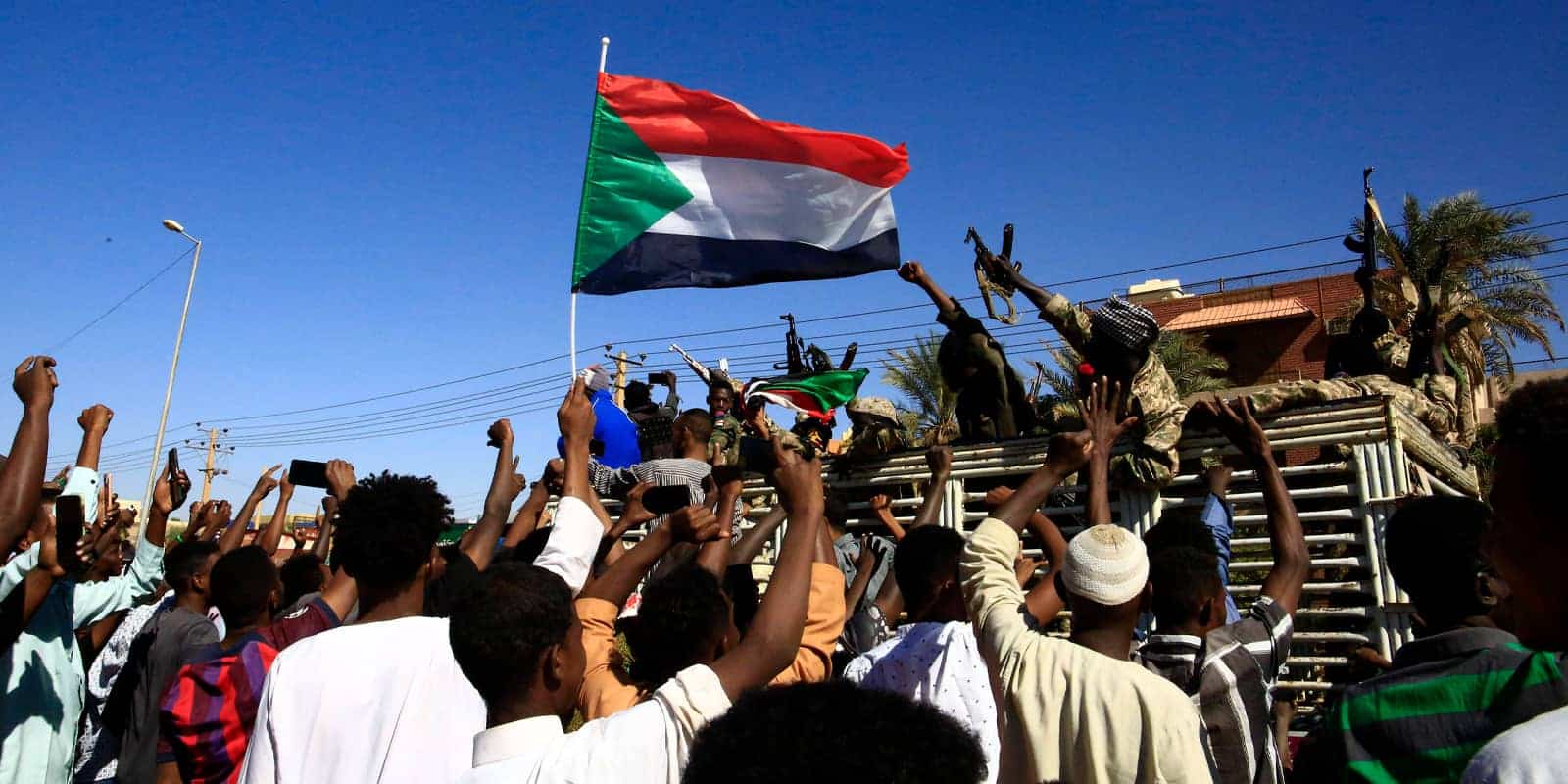

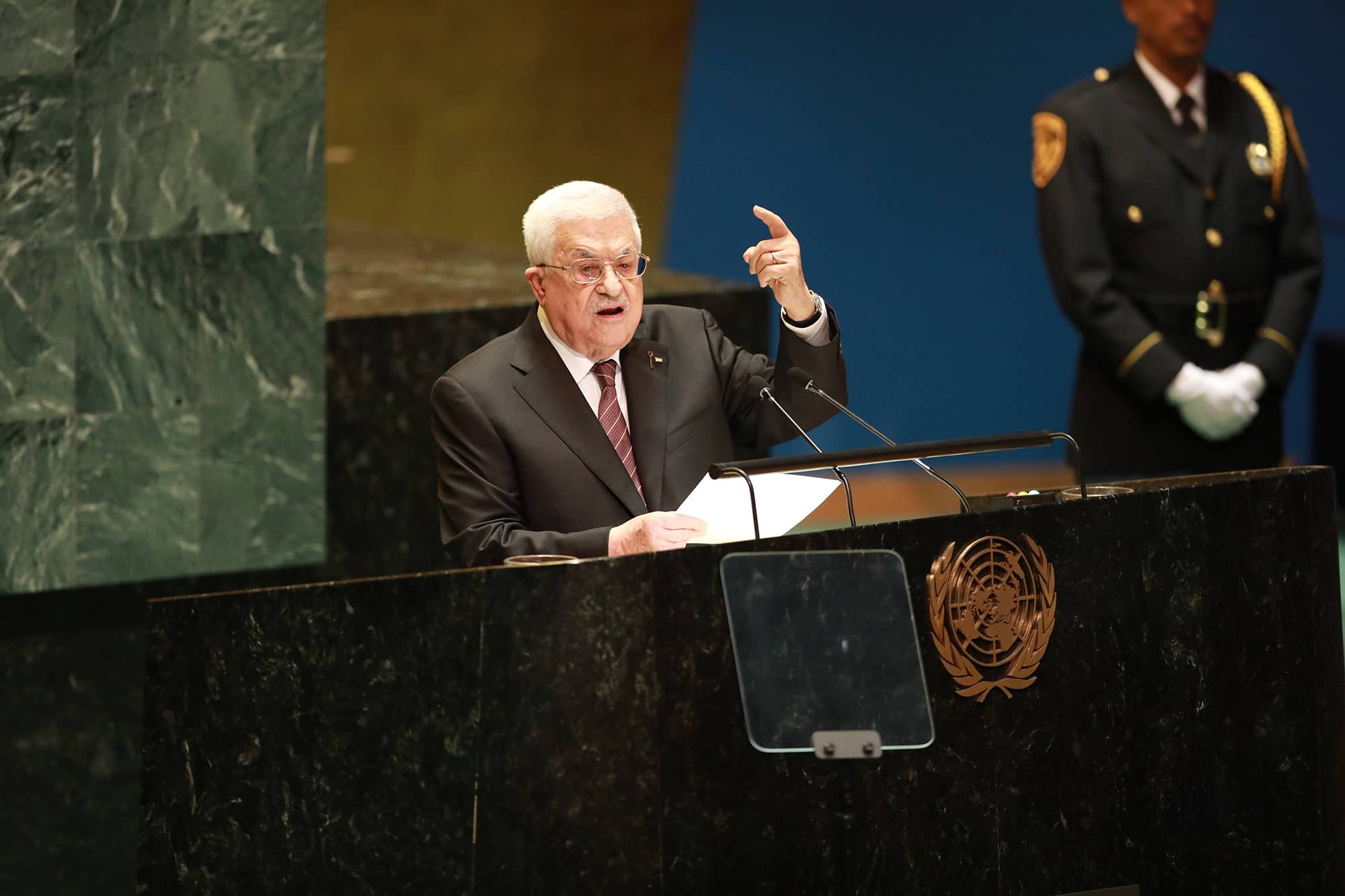
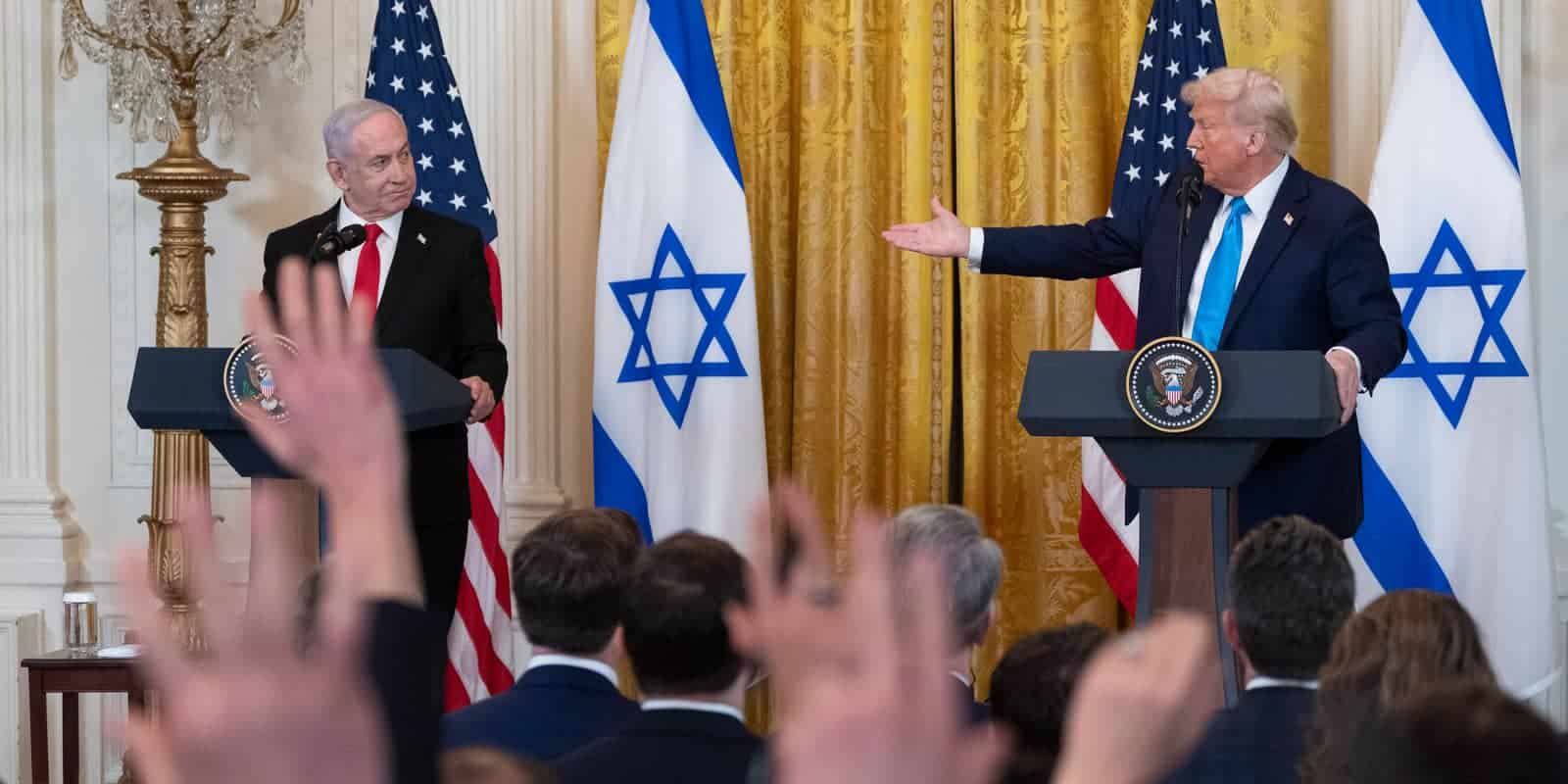

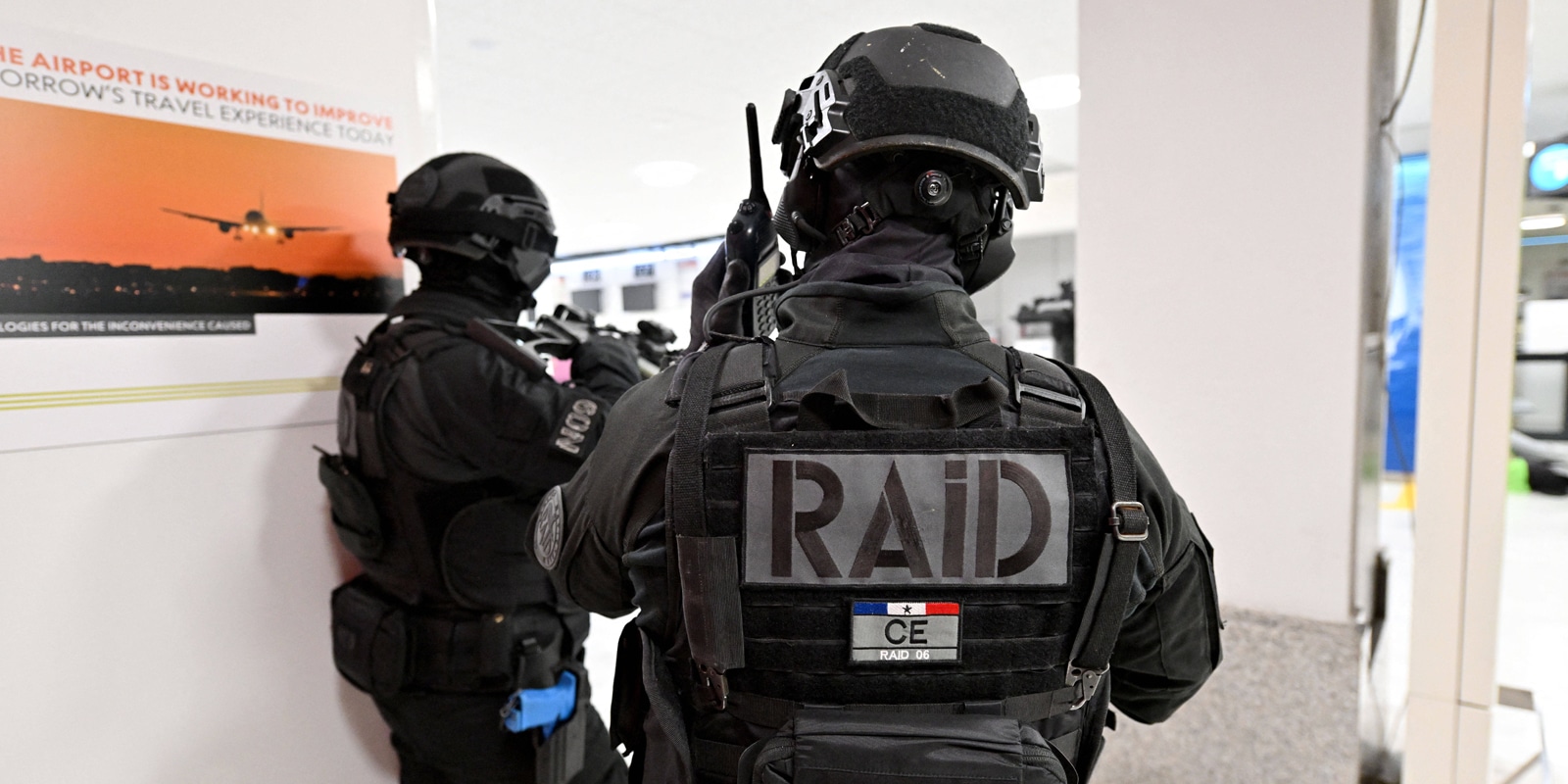
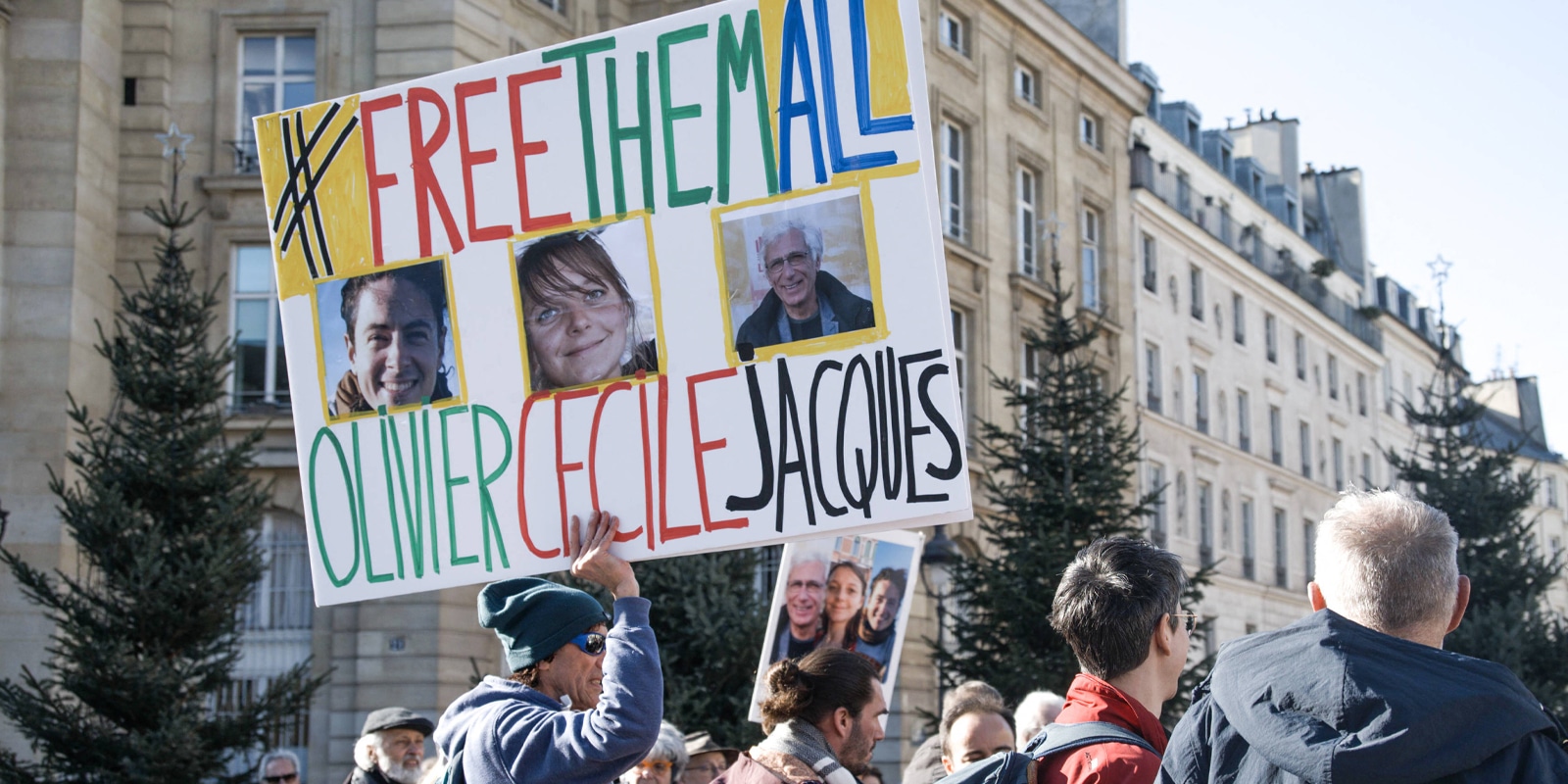

Palestinian and Arab Media Coverage of the Hamas Operatives Trapped in the Rafah Tunnels